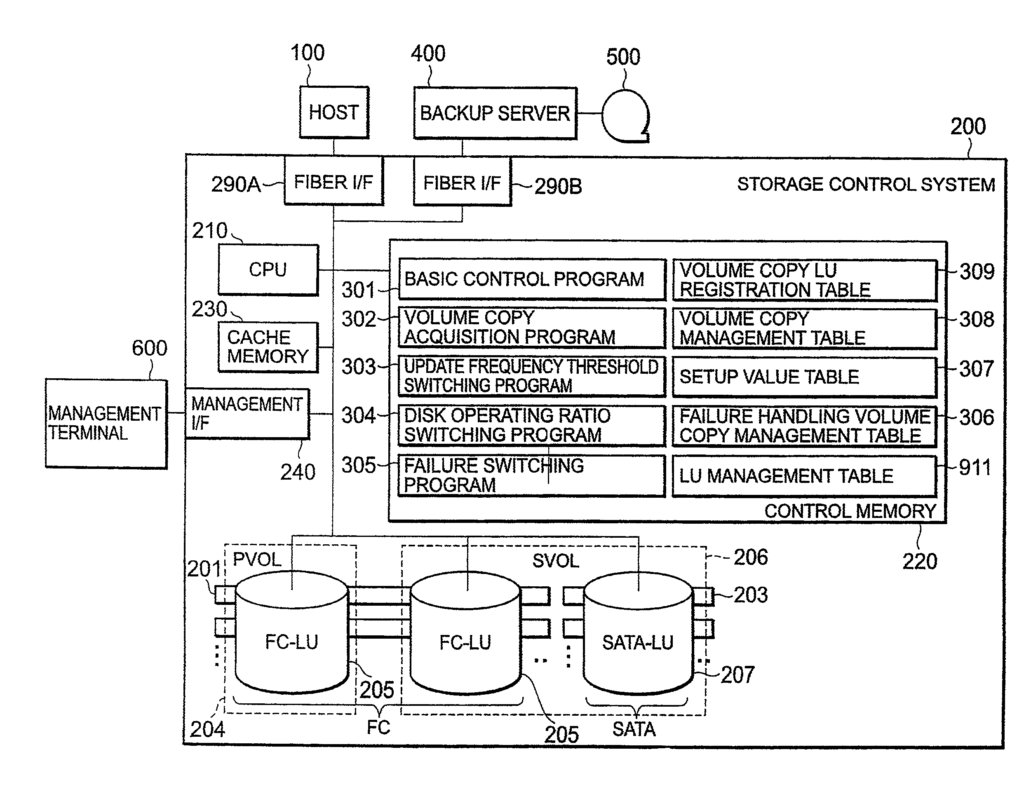Adaptive Storage Control for Peak Efficiency
Introduction
This adaptive storage control system is engineered for high-demand data environments where precise resource allocation and system responsiveness are critical. It offers an intelligent approach to data management, automatically adjusting storage allocations to meet fluctuating demands without manual oversight. This technology is essential for organizations that require dependable storage solutions capable of adapting to diverse data loads, optimizing both operational efficiency and storage reliability.
The Common Problem: Static Systems in Dynamic Environments
Today’s data management systems often struggle to keep up with real-time storage demands due to static control methods that lack flexibility. This can lead to inefficiencies, as unused storage capacity remains locked in underutilized areas, while other sectors experience congestion and delays. These inefficiencies drive up costs and complicate system maintenance, leaving organizations with systems unable to adapt swiftly to changing data needs.
Smarter Storage with Adaptive Control
This patented system introduces an adaptive control method that actively monitors and adjusts storage allocation based on data demands. By allocating storage dynamically, the system ensures that each volume receives exactly the resources it requires, minimizing both underuse and overuse of storage. This approach enhances data accessibility, maximizes resource efficiency, and significantly reduces the risk of system overload. The technology integrates seamlessly with existing infrastructures, providing a scalable solution suitable for any organization looking to optimize its data management operations.
Key Advantages for High-Demand Industries
For cloud computing and data centers, this system offers a solution to reduce resource waste and maintain high availability across vast storage infrastructures. IT managers benefit from reduced manual intervention, allowing teams to focus on strategic initiatives rather than routine maintenance. Enterprises in data-intensive fields such as finance, healthcare, and telecommunications can leverage this system to streamline operations, ensuring data is always accessible and resource allocation remains optimal. By enabling automated control over storage allocation, this technology provides a critical efficiency boost for businesses operating in dynamic data environments.
An Investment in Efficiency and Flexibility
Licensing this adaptive storage control system empowers your organization to operate with agility, meeting the needs of today’s rapidly evolving data landscape. Through intelligent, real-time storage allocation, you gain a competitive edge in both performance and cost management. This technology is a forward-thinking solution for businesses committed to maximizing data efficiency and operational resilience, making it a valuable asset for organizations aiming to lead in data-driven industries.

- Abstract
- Claims
Share
Title
Storage control system and method
Inventor(s)
Teiko Kezuka, Akira Murotani, Seiichi Higaki
Assignee(s)
Hitachi Ltd
Patent #
8041682
Patent Date
October 18, 2011
